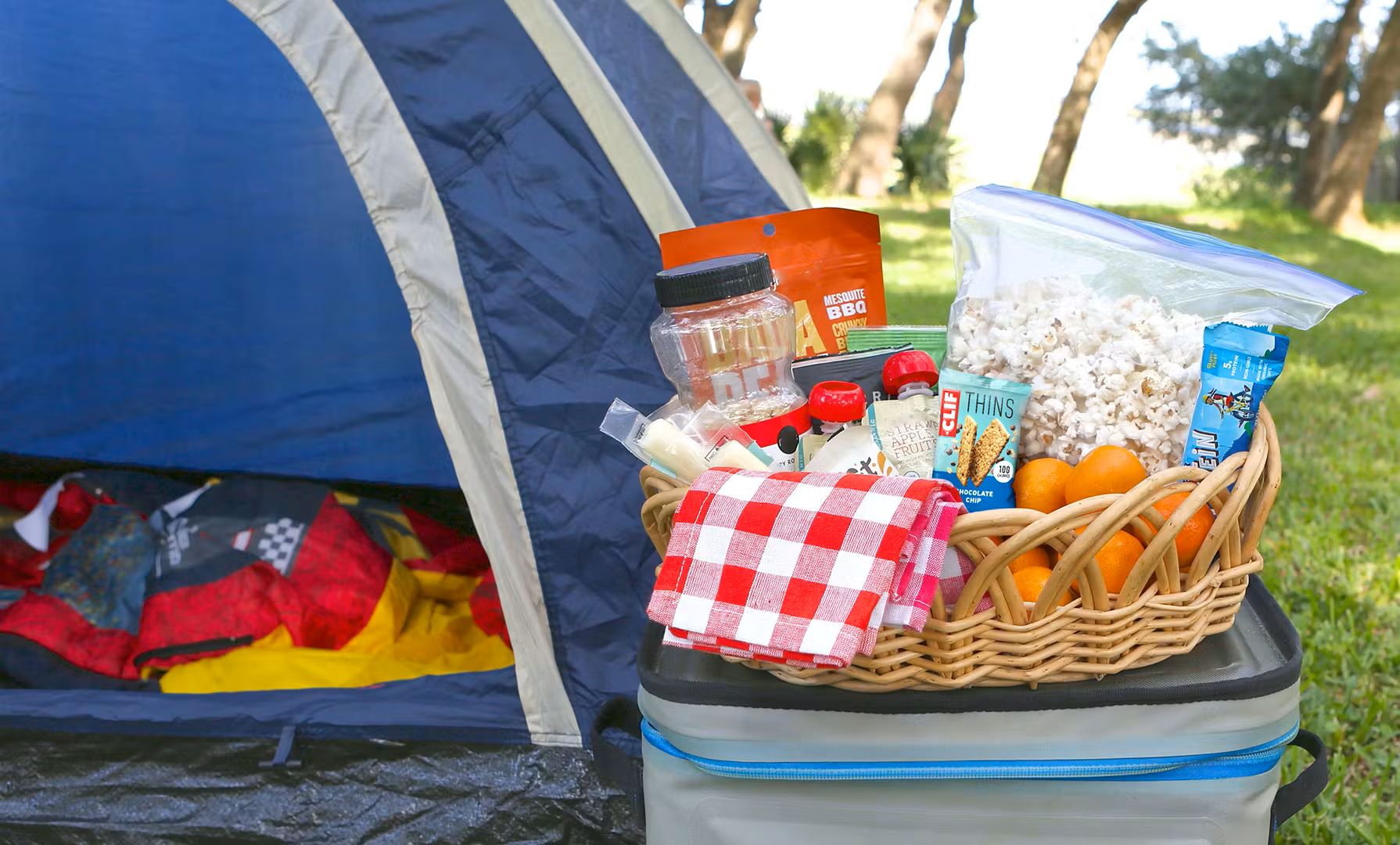

Articles
How To Store Food For Camping
Modified: January 18, 2024
Discover the best tips and tricks for storing food while camping in our articles. From meal planning to packing essentials, we've got you covered!
(Many of the links in this article redirect to a specific reviewed product. Your purchase of these products through affiliate links helps to generate commission for Storables.com, at no extra cost. Learn more)
Introduction
When it comes to camping, one of the most essential aspects to consider is food storage. Properly storing food while camping is crucial for maintaining freshness, preventing spoilage, and ensuring a safe and enjoyable outdoor experience. Whether you’re embarking on a weekend getaway or an extended trip, having a well-planned and organized approach to food storage will not only save you time and effort but also contribute to a more sustainable camping experience.
In this article, we will explore the various aspects of food storage for camping and provide you with practical tips and guidelines to optimize your food storage methods. From choosing the right containers to packing non-perishable foods, storing fresh produce, and handling dairy products and condiments, we’ll cover it all. So, let’s dive in and discover how to store food for camping in the most efficient and effective way possible.
Key Takeaways:
- Plan your meals, choose the right containers, and pack non-perishable foods to optimize food storage for camping. Proper planning and organization lead to efficient and enjoyable outdoor dining experiences.
- Prioritize food safety, handle dairy products with care, and practice responsible waste management to ensure a seamless and sustainable camping adventure. Embrace the joys of camping with properly stored and delicious meals while minimizing environmental impact.
Read more: How To Store A Tent
Planning for Food Storage
A successful camping trip begins with proper planning, and food storage is no exception. Before you head out into the great outdoors, take some time to consider your menu, the duration of your trip, and the number of people you will be feeding. This will help you determine the quantity and types of food you need to pack and the storage solutions required.
Start by creating a detailed meal plan for each day of your camping trip. This will help you estimate the amount of food you’ll need, minimizing waste and the risk of running out. Consider the cooking methods available to you at the campsite; if you have access to a campfire, you may want to include meals that can be cooked over an open flame. If you’re relying on a portable stove, plan meals that can be easily prepared and require minimal cleanup.
When planning your menu, take into account any dietary restrictions or preferences of the campers. Remember that camping is a time to enjoy great food outdoors, so think about incorporating some fun and adventurous recipes into your meal plan.
Once you have your meal plan, make a detailed shopping list, ensuring you have all the necessary ingredients. It’s always a good idea to include some non-perishable items that can serve as backup meals in case of emergencies or unexpected changes in plans.
Consider packing pre-measured ingredients to save space and reduce waste. For example, instead of bringing a whole bag of flour, measure out the amount you’ll need for specific recipes and pack it in a smaller, resealable container.
Packing perishable foods like meat, fish, and dairy requires extra care. If you plan on including these items in your camping menu, make sure you have appropriate storage solutions, such as coolers and ice packs, to keep them from spoiling.
By planning your meals and considering your storage needs ahead of time, you’ll be well-prepared to store your food safely and efficiently while enjoying your camping adventure.
Choosing the Right Containers
When it comes to food storage for camping, choosing the right containers is crucial. The right containers will help keep your food fresh, prevent leakage, and maximize space utilization in your camping gear. Here are some factors to consider when selecting containers for your camping food storage:
1. Airtight and Waterproof: Look for containers that have airtight and waterproof seals to prevent moisture and air from entering. This will help keep your food fresh and prevent any odors from spreading to other items in your camping gear.
2. Durable and Lightweight: Opt for containers that are made with durable materials like high-quality plastic or stainless steel. These materials are lightweight, making them ideal for camping trips where every ounce counts.
3. Stackable: Choose containers that can be easily stacked on top of each other to optimize space in your camping cooler or storage bins. This will help keep your camping area clean and organized.
4. Transparent: Consider using transparent containers or ones with clear lids to easily identify the contents without having to open them. This will save time and prevent unnecessary searching.
5. Multiple Sizes: It’s beneficial to have a variety of container sizes to accommodate different food items. Smaller containers are ideal for condiments and spices, while larger ones can hold leftovers or bulk ingredients.
6. Reusability: Opt for containers that are reusable to minimize waste and reduce the environmental impact of your camping trip. Look for containers that are dishwasher safe and easy to clean.
7. Collapsible Storage: Consider collapsible storage options for items like bowls, cups, and plates. These are space-saving and convenient for outdoor dining.
Investing in the right containers will not only help you store your food efficiently but also make your camping experience more enjoyable. Proper food storage containers will keep your food fresher for longer and protect them from external elements, ensuring that you have access to nourishing meals throughout your trip.
Packing Non-Perishable Foods
When it comes to camping, non-perishable foods are your best friend. These are foods that have a long shelf life and do not require refrigeration, making them perfect for outdoor adventures. Packing non-perishable foods is not only convenient but also ensures that you have a backup food supply in case of emergencies or unexpected changes in plans. Here are some essential tips for packing non-perishable foods for your camping trip:
1. Canned Goods: Canned foods are a staple for camping trips. They are durable and long-lasting, and they provide a variety of meal options. Consider packing items like canned beans, soups, fruits, and vegetables. Look for cans with pull-tab lids for easy opening.
2. Dried Foods: Dried foods are excellent for camping due to their lightweight and compact nature. Pack items like dried fruits, nuts, jerky, and trail mix. These snacks provide energy and are easy to carry with you on hikes or other outdoor activities.
3. Rice and Pasta: Rice and pasta are versatile staples that can be easily cooked over a campfire or portable stove. They are filling and can be combined with canned meats, vegetables, and sauces for a complete meal. Pack them in resealable bags to save space.
4. Instant Meals: Consider bringing instant meals or dehydrated camping meals that only require hot water to prepare. These meals are specially formulated for camping trips, and they offer a convenient and delicious option when you don’t have access to a full kitchen.
5. Condiments and Spices: Don’t forget to pack your favorite condiments and spices to enhance the flavor of your meals. Bring small, travel-sized containers of ketchup, mustard, salt, pepper, and your preferred spices. Consider pre-measuring spices into small resealable bags to save space.
6. Shelf-Stable Milk and Beverages: If you enjoy having milk or other beverages with your meals, opt for shelf-stable options such as UHT milk or powdered milk. These do not require refrigeration and can be easily reconstituted for use.
7. Snack Bars and Granola: Snack bars and granola are excellent options for a quick and easy on-the-go snack. They are convenient, lightweight, and provide a boost of energy during your outdoor activities.
Remember to check the expiration dates of your non-perishable items and rotate them regularly to ensure freshness. Properly storing non-perishable foods in airtight containers or sealed bags will help maintain their quality and flavor throughout your camping trip.
By packing non-perishable foods, you’ll have a reliable and convenient food supply that ensures you won’t go hungry while enjoying the great outdoors.
Storing Fresh Produce
Bringing fresh produce on a camping trip can provide a refreshing and nutritious addition to your meals. However, proper storage is essential to keep fruits and vegetables fresh and prevent them from spoiling. Here are some tips for storing fresh produce during your camping adventure:
1. Choose Durable Produce: When selecting produce for camping, opt for items that can withstand the journey and have a longer shelf life. Apples, oranges, carrots, bell peppers, and cucumbers are examples of produce that are more durable and can withstand outdoor conditions.
2. Keep Produce Cool: If you have access to a cooler with ice or ice packs, store your fresh produce in it to keep them cool and slow down the ripening process. Use a separate container or bag for produce to prevent cross-contamination with other foods.
3. Protect From Bruising: Keep fruits and vegetables from getting bruised or damaged by placing them in sturdy containers or wrapping them in paper towels to cushion them. This will help maintain their freshness and prevent them from spoiling quickly.
4. Keep Moisture Away: Excess moisture can lead to the growth of bacteria and cause produce to spoil faster. Make sure to wipe off any excess moisture on fruits and vegetables before storing them. You can also line the bottom of the container with a paper towel to absorb any moisture.
5. Separate Ethylene-Producing Items: Some fruits and vegetables produce a gas called ethylene, which can speed up the ripening process. Store ethylene-producing items like apples, bananas, and tomatoes separately from other produce to prevent them from ripening too quickly.
6. Use Breathable Bags: Instead of sealing produce in plastic bags, use breathable or mesh bags to allow for air circulation. This will help prevent moisture buildup and keep produce fresh for longer.
7. Plan Accordingly: Consider using perishable produce like lettuce, tomatoes, and berries earlier in your camping trip, while saving items like apples, oranges, and carrots for later when they have a longer shelf life. This will help minimize waste and ensure you have fresh produce throughout your trip.
It’s important to note that fresh produce has a limited shelf life, so it’s a good idea to consume it within a few days of your camping trip. Plan your meals accordingly and prioritize using any perishable produce to prevent spoilage.
By following these tips, you can enjoy the benefits of fresh produce while camping and maintain a healthy and well-balanced diet throughout your outdoor adventure.
Read more: How To Store A Flag
Tips for Freezing Food
Freezing food is an excellent way to extend its shelf life and ensure that you always have a supply of fresh ingredients on your camping trips. Properly freezing food can help maintain its quality and taste, making it an essential technique for campers. Here are some useful tips for freezing food for your camping adventures:
1. Use Freezer-Safe Containers: When freezing food, ensure that you use containers specifically designed for freezing. These containers should be airtight and able to withstand low temperatures without cracking or breaking. Alternatively, you can use heavy-duty freezer bags, which are space-saving and easily stackable.
2. Label and Date: Before placing items in the freezer, label them with the contents and date of freezing. This will help you keep track of what you have and ensure that you use items within an appropriate timeframe.
3. Portion Control: Divide larger portions of food into smaller, meal-sized portions before freezing. This will make it easier to defrost only what you need, reducing waste and saving time. Use reusable containers or freezer bags that can be easily sealed and stacked.
4. Cool Food Before Freezing: Allow hot or cooked food to cool down to room temperature before placing it in the freezer. Rapidly increasing the temperature in the freezer can affect the quality and texture of other frozen items.
5. Remove Excess Air: When using freezer bags, squeeze out as much air as possible before sealing them. Excess air can lead to freezer burn and affect the quality of the food.
6. Freeze Raw and Cooked Foods Separately: It’s best to freeze raw and cooked foods in separate containers or bags. This will help preserve their individual flavors and prevent any potential cross-contamination.
7. Use Freezer-Friendly Wrapping: If you’re freezing items like meat or fish, wrap them tightly in freezer-friendly plastic wrap or aluminum foil to prevent freezer burn. Place these items in a sealed bag or container for added protection.
8. Store Flat for Easy Stacking: When using freezer bags, lay them flat in the freezer to freeze. This will allow for easier stacking and maximization of freezer space.
9. Maintain Proper Freezer Temperature: Ensure that your freezer is set at or below 0°F (-18°C) to maintain the quality and safety of frozen food items. Regularly check the temperature to ensure that it stays consistent.
By following these tips, you can effectively freeze food for your camping trips, providing you with a convenient and reliable supply of delicious ingredients. Take advantage of freezing to prepare meals in advance or to store leftovers, saving you time and effort during your camping adventures.
When storing food for camping, use airtight containers to keep out moisture and pests. Consider using resealable bags for items like snacks and sandwiches to save space in your cooler.
Properly Storing Meat and Fish
When it comes to storing meat and fish for your camping trips, it’s crucial to handle and store these items properly to maintain their freshness and prevent bacterial growth. Improper storage can lead to spoilage, foodborne illnesses, and a less enjoyable camping experience. Here are some essential tips for properly storing meat and fish during your camping adventures:
1. Keep Cold: It’s essential to keep meat and fish cold to prevent bacterial growth. If you have access to a refrigerator or cooler with ice or ice packs, store perishable meat and fish at temperatures below 40°F (4°C).
2. Separate from Other Foods: To avoid cross-contamination, store meat and fish separately from other food items in your cooler or refrigerator. Ensure that raw meats are properly wrapped or contained to prevent juices from coming into contact with other foods.
3. Use Leak-Proof Containers: Place raw meat and fish in leak-proof containers or resealable bags to prevent any leakage or drippings from contaminating other items in your cooler or refrigerator.
4. Pack in Insulated Coolers: Invest in insulated coolers specifically designed for storing perishable items. Pack the cooler with plenty of ice or ice packs to maintain a consistently cold temperature throughout your camping trip.
5. Freeze Beforehand: If you’re planning an extended camping trip, consider freezing meat and fish before heading out. This will help them stay cold for a longer period when placed in a well-insulated cooler. Remember to thaw them thoroughly before cooking.
6. Cook Fresh Meat Early: If you have fresh meat, it’s advisable to cook it earlier in your camping trip to ensure its safety. Properly cooked meat can then be stored in the cooler for quick reheating.
7. Use Marinades and Vacuum Sealing: Marinating meat is not only a great way to enhance flavor but can also help preserve its freshness. Vacuum sealing can also extend the shelf life of meat and fish by removing air and preventing oxidation.
8. Practice Proper Hygiene: Always practice good hygiene when handling meat and fish. Wash your hands thoroughly before and after handling raw meat, and use separate cutting boards and utensils for raw and cooked items to avoid cross-contamination.
9. Consume Seafood Early: Fresh seafood, such as shrimp and fish, is highly perishable. It’s best to consume seafood early in your trip to ensure its freshness. Consider packing frozen seafood for later in your camping trip.
Remember that meat and fish are highly perishable, and they must be handled and stored with care. When in doubt, it’s always better to discard any meat or fish that you suspect may have spoiled to avoid any health risks. Proper storage and handling techniques will ensure that you can enjoy safe and delicious meals during your camping adventures.
Safe Dairy Product Storage
Properly storing dairy products while camping is essential to prevent spoilage, maintain freshness, and ensure food safety. Dairy products, such as milk, cheese, and yogurt, can be highly perishable and require special attention to ensure their quality. Here are some tips for safe dairy product storage during your camping trips:
1. Use a Cooler: Dairy products, especially items like milk and yogurt, need to be kept cold to maintain their freshness. Store them in a well-insulated cooler with plenty of ice or ice packs to keep the temperature below 40°F (4°C).
2. Store in Sealed Containers: Transfer dairy products, like milk or yogurt, into sealed and leak-proof containers before placing them in the cooler or refrigerator. This prevents any leakage or potential cross-contamination with other food items.
3. Keep Separate from Raw Meat: To avoid cross-contamination, store dairy products separately from raw meat in your cooler or refrigerator. Keep them in sealed containers or place them on top shelf to prevent any accidental contact with raw juices.
4. Choose Shelf-Stable Alternatives: If you’re concerned about keeping dairy products cold or if you’re going on an extended camping trip, consider using shelf-stable alternatives. Look for UHT (Ultra High Temperature) processed milk, which can be stored without refrigeration until opened.
5. Use Individual Servings: Consider using individual servings or smaller containers of dairy products to minimize waste and ensure that only what is needed is exposed to the air or warmer temperatures.
6. Consume Perishable Dairy Products Early: Fresh dairy products like milk or soft cheeses should be consumed early in your camping trip while they are still at their freshest. Hard cheeses tend to have a longer shelf life and can be enjoyed later.
7. Properly Seal Opened Packages: If you open a package of dairy products, make sure to reseal it tightly using plastic wrap or airtight containers to prevent exposure to air and contaminants.
8. Regularly Check for Spoilage: Dairy products can spoil quickly, so it’s crucial to regularly check for signs of spoilage, such as foul odor, unusual texture, or mold. If detected, discard the spoiled product immediately.
9. Consider Non-Dairy Alternatives: If you have concerns about storing dairy or if you follow a non-dairy diet, consider using alternative options such as plant-based milk, yogurt, or cheese substitutes that require no refrigeration or have longer shelf lives.
It’s essential to prioritize food safety when it comes to dairy products. By following these storage tips, you can enjoy safe and delicious dairy products during your camping adventures while minimizing the risk of spoilage and health concerns.
Handling Condiments and Spices
Condiments and spices can add flavor and enhance the taste of meals during your camping adventures. Proper handling and storage of these items are essential to maintain their quality and ensure they are safe to use. Here are some tips for handling condiments and spices while camping:
1. Choose Travel-Sized Containers: To save space and make packing easier, transfer condiments and spices into travel-sized containers. These smaller containers are ideal for camping and can be easily packed in your camping gear.
2. Label Containers: Clearly label each container or spice jar with its contents to avoid confusion while cooking. This will help you quickly find and retrieve the right condiment or spice when needed.
3. Pack Essentials: Prioritize packing essential condiments and spices that are versatile and can be used in multiple recipes. Examples include salt, pepper, olive oil, vinegar, ketchup, mustard, and hot sauce.
4. Store in Airtight Containers: To maintain the quality and freshness of your condiments and spices, store them in airtight containers. This helps prevent exposure to air, moisture, and contaminants, ensuring their flavor and potency.
5. Keep Cool and Dry: Condiments and spices should be stored in a cool and dry place in your camping gear. Excessive heat and humidity can cause condiments to spoil or spices to lose their flavor.
6. Protect from Sunlight: Direct sunlight can degrade the quality of some condiments and spices, especially those in clear or transparent containers. Store them in opaque or dark containers or keep them in a shaded area to protect them from sunlight exposure.
7. Use Sealed Packets or Sachets: Instead of bringing full-sized bottles or jars, consider using single-use sachets or sealed packets of condiments. These are convenient, lightweight, and eliminate the need for bulky containers.
8. Minimize Cross-Contamination: To prevent cross-contamination, use separate utensils or clean hands when handling different condiments or spices. This avoids mixing flavors and avoids potential allergen exposure.
9. Dispose of Expired or Spoiled Items: Regularly check the expiration dates of your condiments and spices, and discard any that have expired or show signs of spoilage. Using expired products can compromise both the flavor and your health.
Properly handling and storing condiments and spices will ensure that you have flavorful and delicious meals during your camping trip. These small but essential flavor enhancers can make a big difference in your outdoor cooking experience.
Read more: How To Store Waders
Water Storage and Purification
Water is an essential resource for camping, and proper water storage and purification are vital to ensure hydration and prevent waterborne illnesses. While camping, you may not always have access to clean and safe drinking water, so it’s essential to take the necessary steps to store and purify water. Here are some tips for water storage and purification during your camping adventures:
1. Carry an Ample Supply: Ensure you have enough water to meet your needs throughout your camping trip. The general rule of thumb is to bring at least one gallon (3.8 liters) of water per person per day for drinking and cooking purposes.
2. Use Reliable Containers: Choose sturdy and food-grade containers to store your water. These containers should have tight-fitting lids to prevent contamination and leakage. Collapsible water jugs or bottles are ideal for saving space when empty.
3. Store Water Safely: Keep your water containers in a cool and shaded area to prevent exposure to direct sunlight, which can promote the growth of algae and bacteria. Avoid storing water near chemicals or fuel sources that may contaminate the water.
4. Use Clean Water Sources: Whenever possible, collect water from known clean sources, such as filtered streams, lakes, or rivers. Avoid stagnant water or water sources near human or animal activity, as they may be contaminated.
5. Filter Water: If you’re collecting water from natural sources, consider using a water filter or purifier to remove impurities, sediment, and harmful microorganisms. There are various portable water filters available specifically designed for camping and outdoor activities.
6. Boil Water: Boiling is one of the most effective methods to purify water while camping. Boil water vigorously for at least one minute (or three minutes at high altitudes) to kill any harmful bacteria, viruses, and parasites that may be present.
7. Chemical Water Treatment: Chemical water treatment tablets or drops can be used to disinfect water. These treatments effectively kill microorganisms and are easy to carry in your camping gear.
8. Plan for Water Resupply: If your camping trip is for an extended period or you’ll be in a location without access to clean water, plan for water resupply by identifying nearby water sources or bring additional portable water filters or purifiers.
9. Stay Hydrated and Monitor Consumption: Monitor your water consumption and stay hydrated throughout your camping trip, especially during hot weather or strenuous activities. Stay mindful of your water supply and ration it accordingly.
Paying attention to proper water storage and purification is crucial for a safe and enjoyable camping experience. By following these guidelines, you can ensure that you have clean and safe drinking water, minimizing the risk of waterborne diseases and keeping yourself well-hydrated during your outdoor adventures.
Managing Waste and Leftovers
Proper waste management is not only essential for maintaining a clean and sustainable camping environment but also for minimizing the impact on the natural surroundings. Here are some tips for managing waste and leftovers during your camping adventures:
1. Pack Reusable Containers and Bags: Bring reusable containers and bags to store leftovers and minimize waste. These containers can be used to store food, snacks, and other items, reducing the need for single-use plastic bags or wrappers.
2. Practice the “Leave No Trace” Principle: Follow the fundamental principle of “Leave No Trace” by ensuring you leave your campsite as you found it. This means packing out all of your waste, including food scraps, packaging, and other trash.
3. Separate and Recycle: Set up separate recycling bins for items like plastic bottles, aluminum cans, and other recyclable materials. Ensure you properly rinse and clean recyclables before placing them in the designated bins.
4. Compost Food Scraps: If you have access to a composting facility or are camping in an area where it is allowed, collect fruit and vegetable scraps and coffee grounds separately for composting. This reduces food waste and contributes to a more sustainable camping experience.
5. Properly Dispose of Non-Burnable Trash: If you’re camping in an area where open fires are allowed, consider burning burnable trash such as paper napkins, cardboard, and certain food scraps. However, make sure to check and follow any fire restrictions or regulations in the area you’re camping in.
6. Clean Up Grease and Oil: Properly dispose of grease and oil by collecting them in a container and storing them separately. This prevents them from contaminating other items or the environment. When possible, discard grease and oil at designated collection points or recycling centers.
7. Plan Meals to Minimize Leftovers: When meal planning, consider portion sizes to avoid excessive leftovers. If you do have leftovers, try to incorporate them into your next meal or find creative ways to repurpose them, reducing food waste.
8. Use Biodegradable or Eco-Friendly Products: Consider using biodegradable or eco-friendly disposable products, such as plates, cups, and cutlery made from compostable materials. These options reduce waste and are more environmentally friendly than traditional single-use counterparts.
9. Educate and Encourage Others: Share your knowledge and practices with fellow campers to promote responsible waste management. By educating others about the importance of proper waste disposal and reducing waste, you can contribute to a more sustainable camping community.
Remember, responsible waste management is crucial to preserve the natural environment and keep camping areas clean for future generations to enjoy. By following these waste management tips, you can minimize your environmental impact and leave your camping site in pristine condition.
Conclusion
Properly storing food while camping is not only essential for maintaining freshness and preventing spoilage but also for ensuring a safe and enjoyable outdoor experience. By following the tips and guidelines provided in this article, you can optimize your food storage methods and make the most of your camping adventures.
From planning your meals and choosing the right containers to packing non-perishable foods, storing fresh produce, and handling dairy products and condiments, each aspect of food storage plays a crucial role. By taking the time to plan your meals, pack the appropriate containers, and utilize proper storage techniques, you can maximize the efficiency of your food storage while minimizing waste.
Furthermore, in considering the safety and well-being of yourself and fellow campers, it’s important to follow food safety practices such as storing meat and fish correctly and handling dairy products with care. Proper storage and handling of these items will ensure their freshness and reduce the risk of foodborne illnesses.
In addition to food storage, it’s equally important to address water storage and purification, as well as waste management. Clean and safe drinking water is necessary for hydration, and implementing proper water storage and purification techniques will ensure a readily available supply during your camping trips. Managing waste and leftovers responsibly, following the principles of “Leave No Trace,” and practicing recycling and composting help preserve the environment and minimize your ecological footprint.
By incorporating these strategies into your camping routine, you can enjoy a seamless and sustainable camping experience. Remember to always prioritize food safety, keep the environment in mind, and follow local regulations and guidelines in regards to waste management and water usage.
So, the next time you venture into the great outdoors, be well-prepared, keep these tips in mind, and embrace the joys of camping with properly stored and delicious meals.
Frequently Asked Questions about How To Store Food For Camping
Was this page helpful?
At Storables.com, we guarantee accurate and reliable information. Our content, validated by Expert Board Contributors, is crafted following stringent Editorial Policies. We're committed to providing you with well-researched, expert-backed insights for all your informational needs.
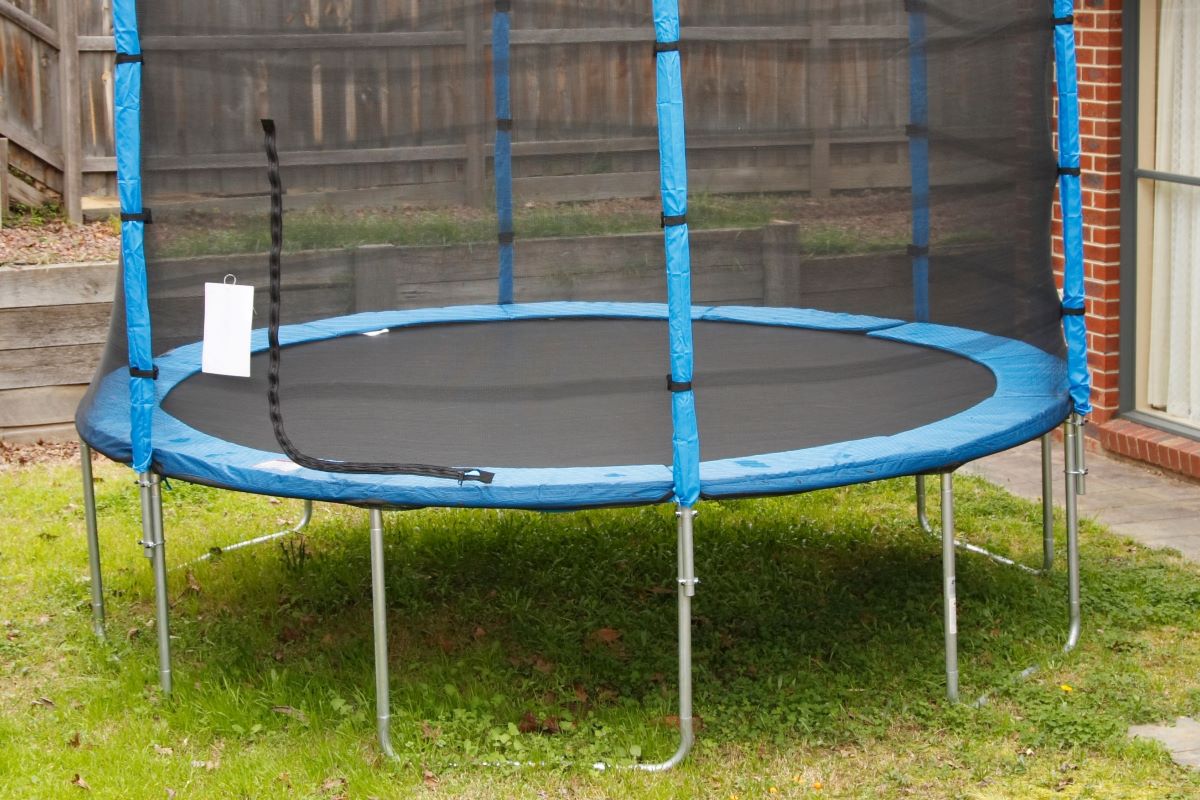
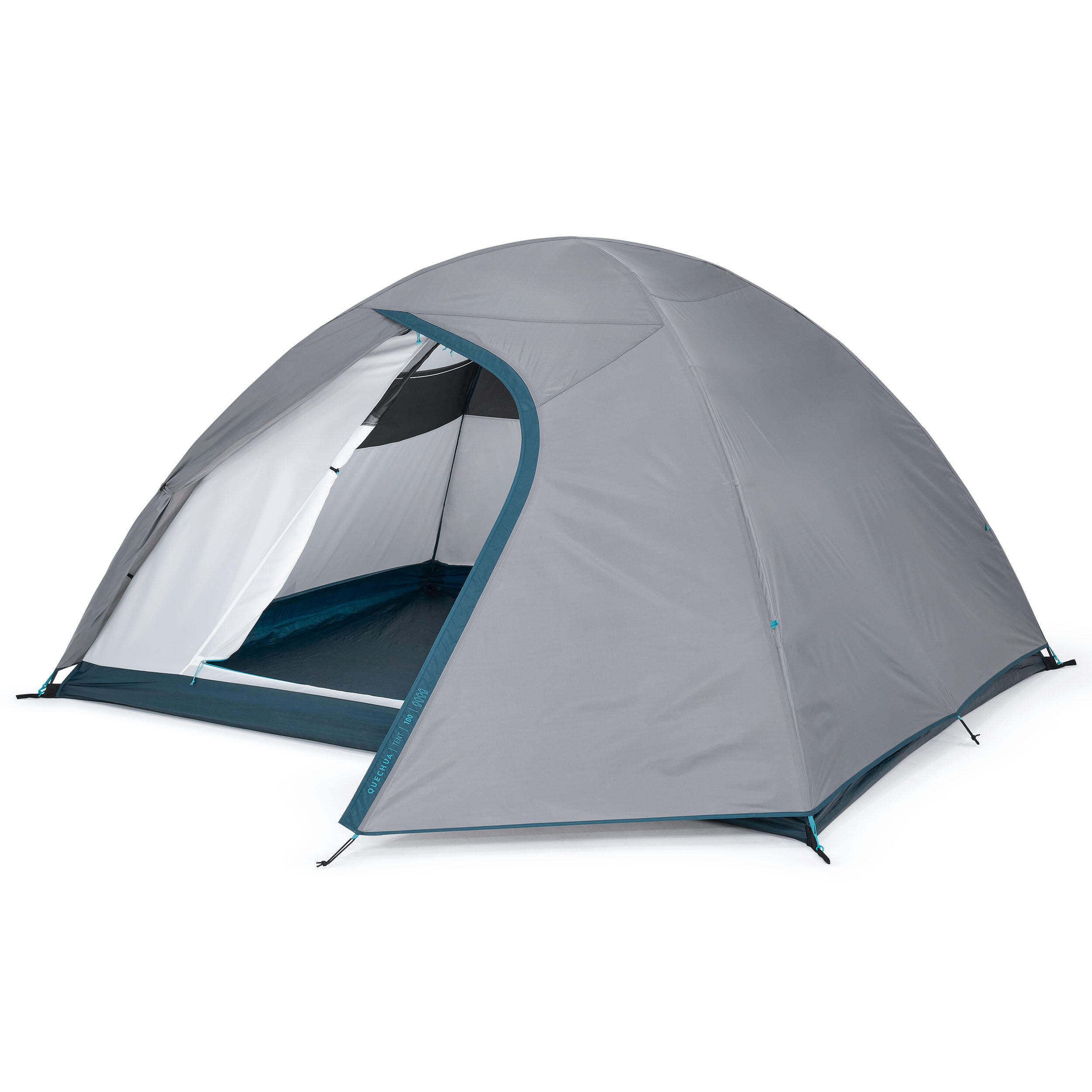
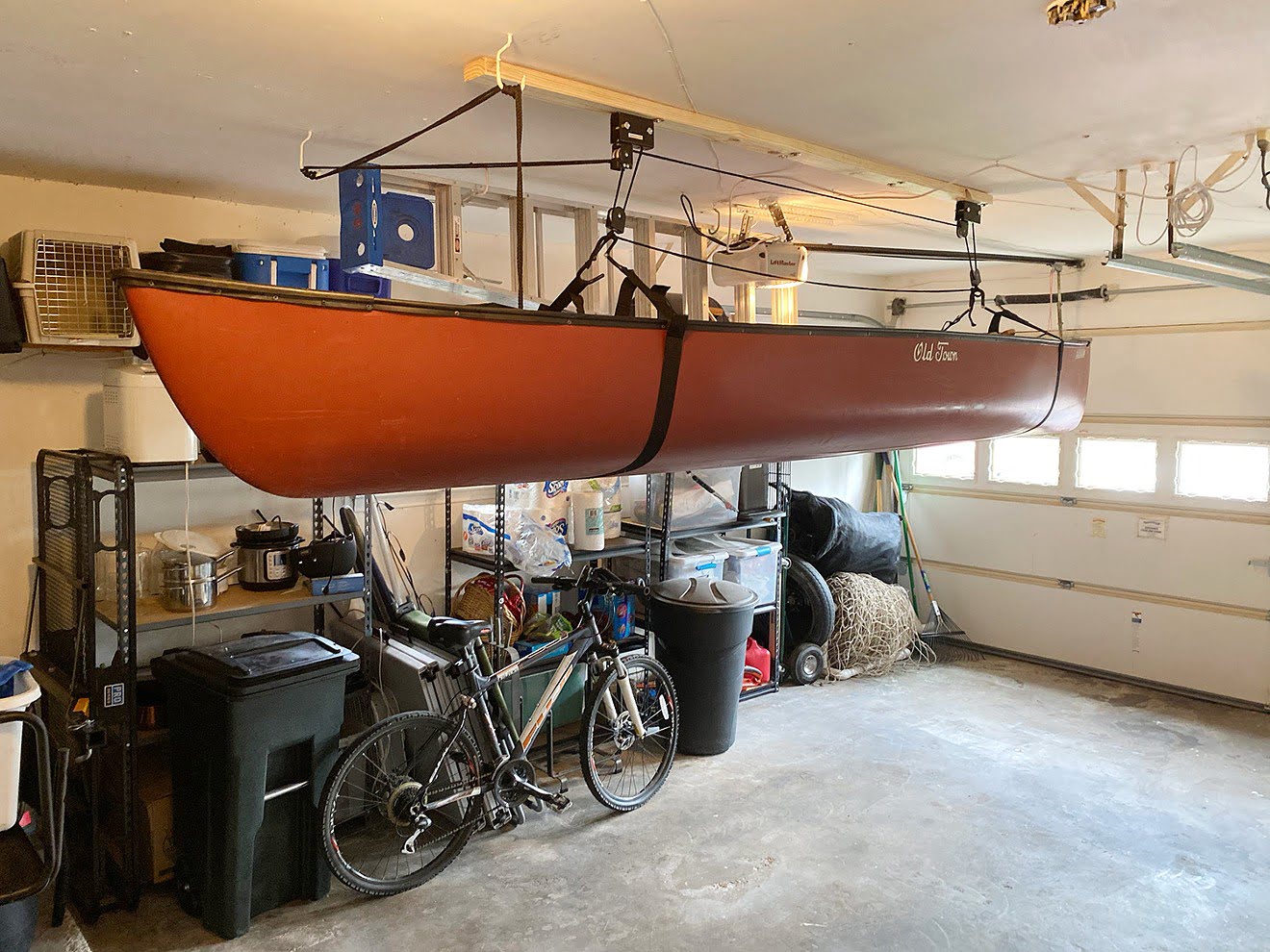

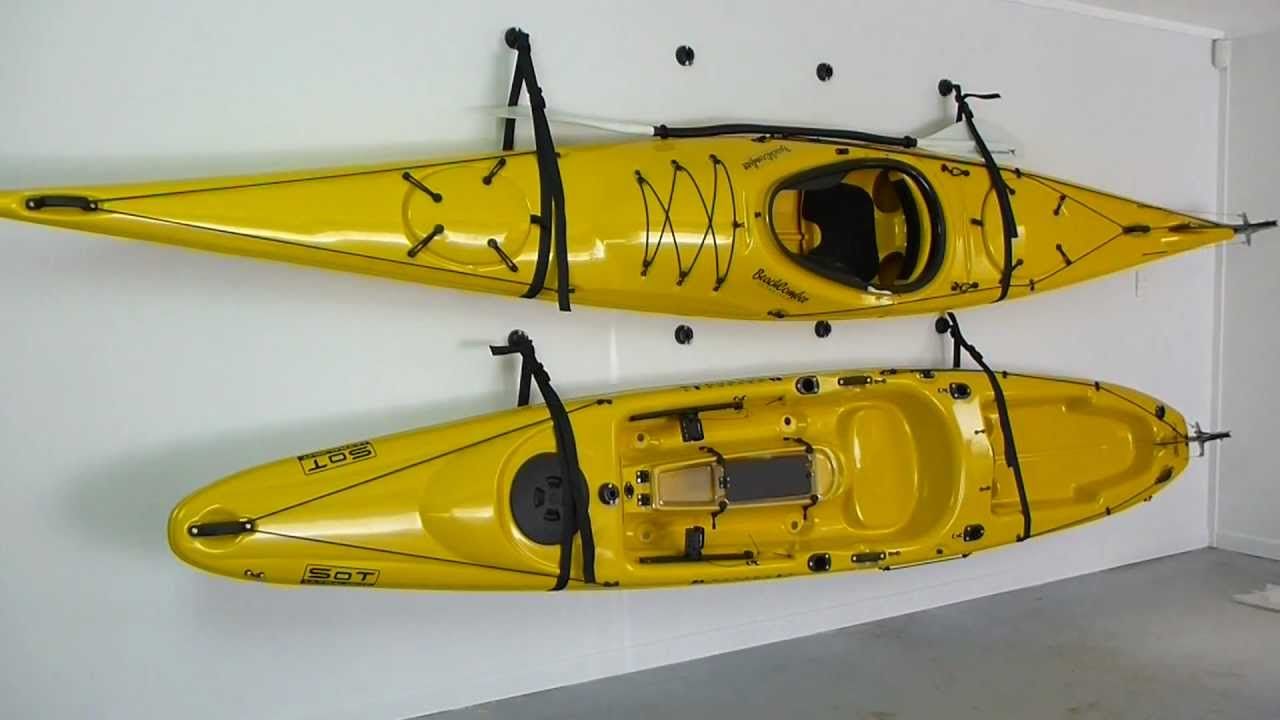
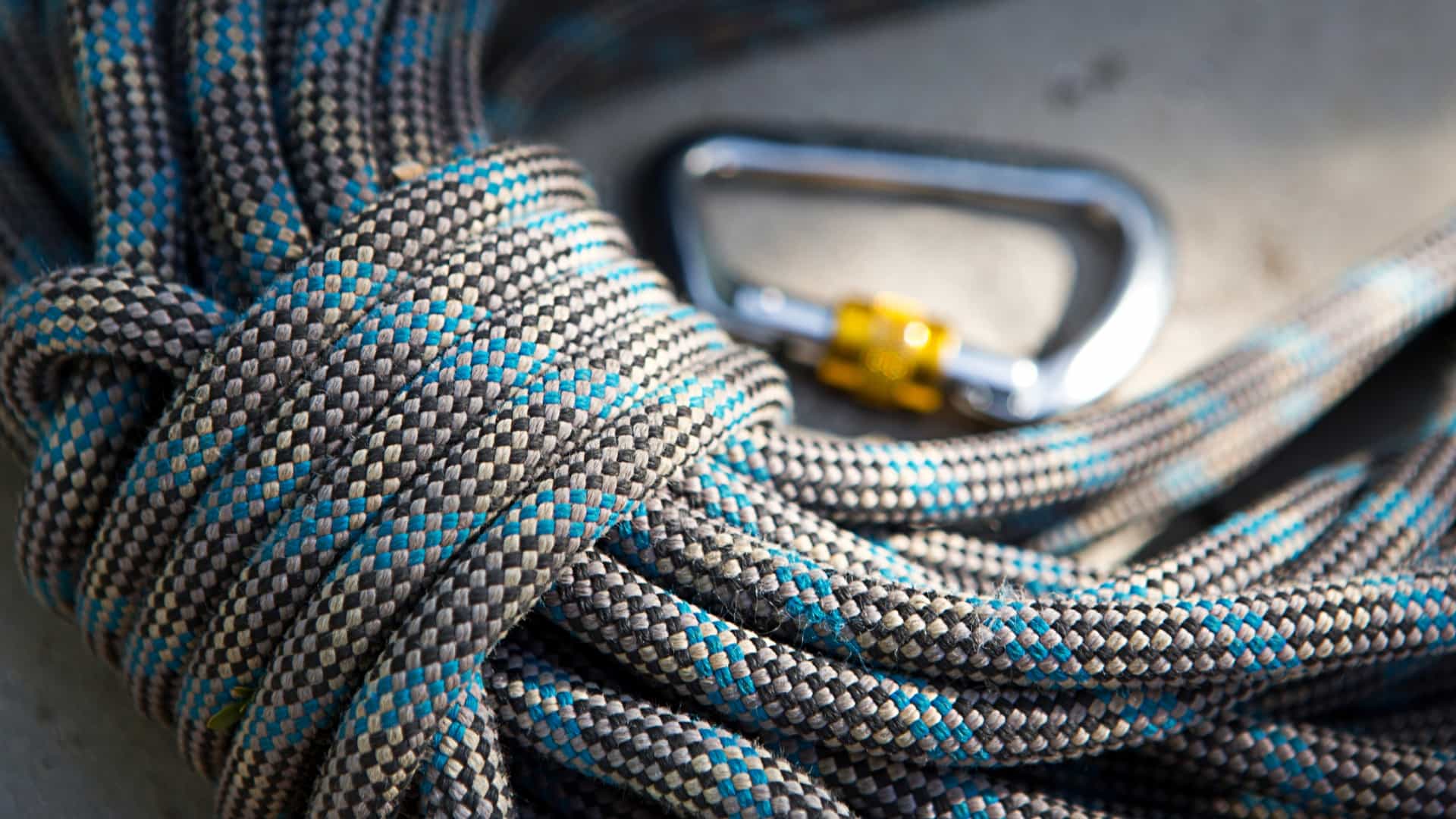
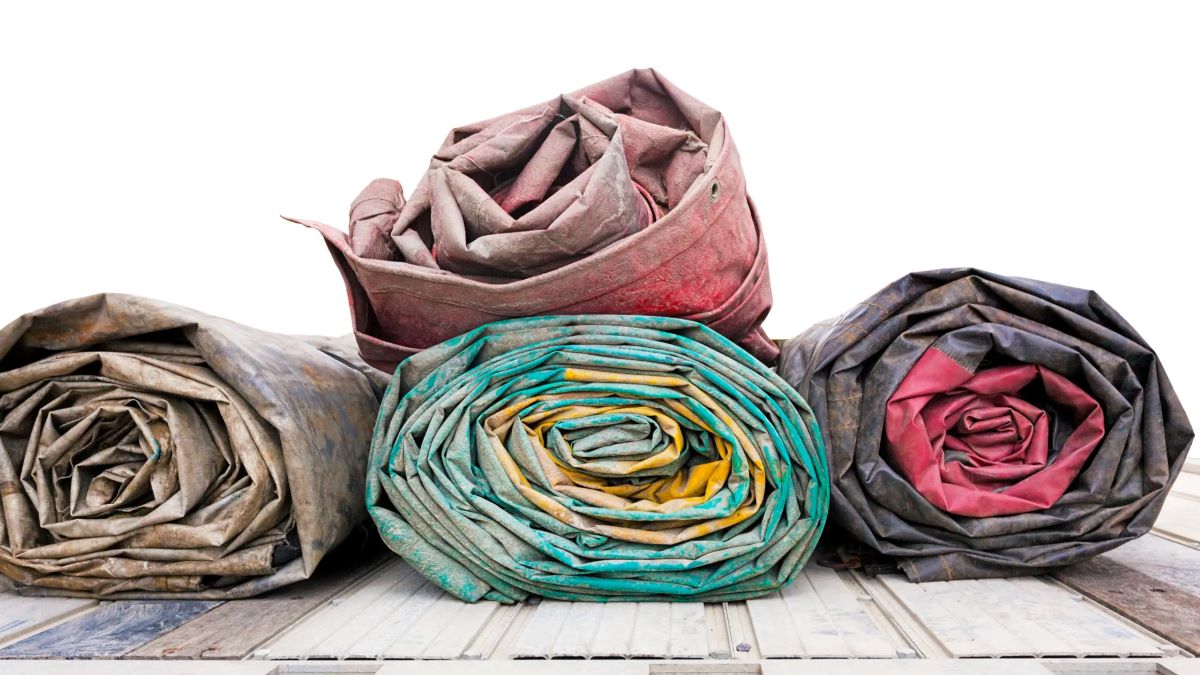

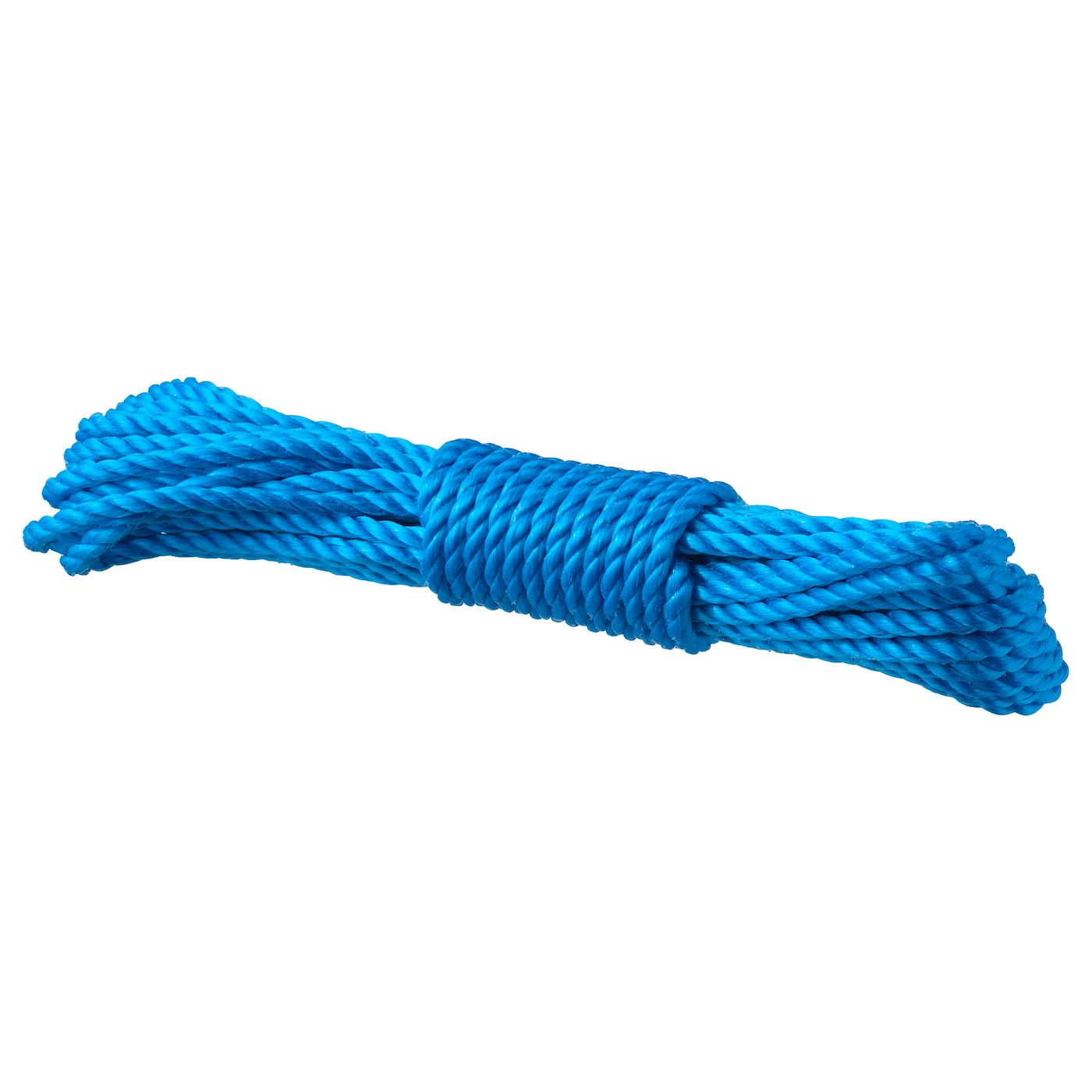
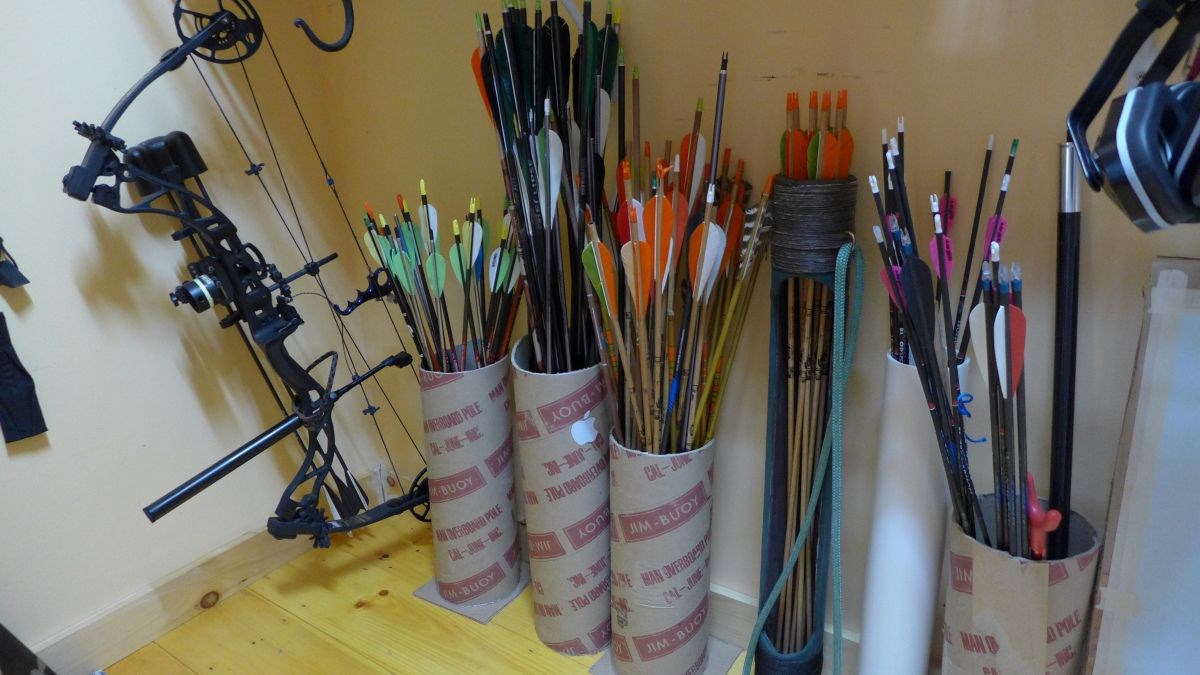
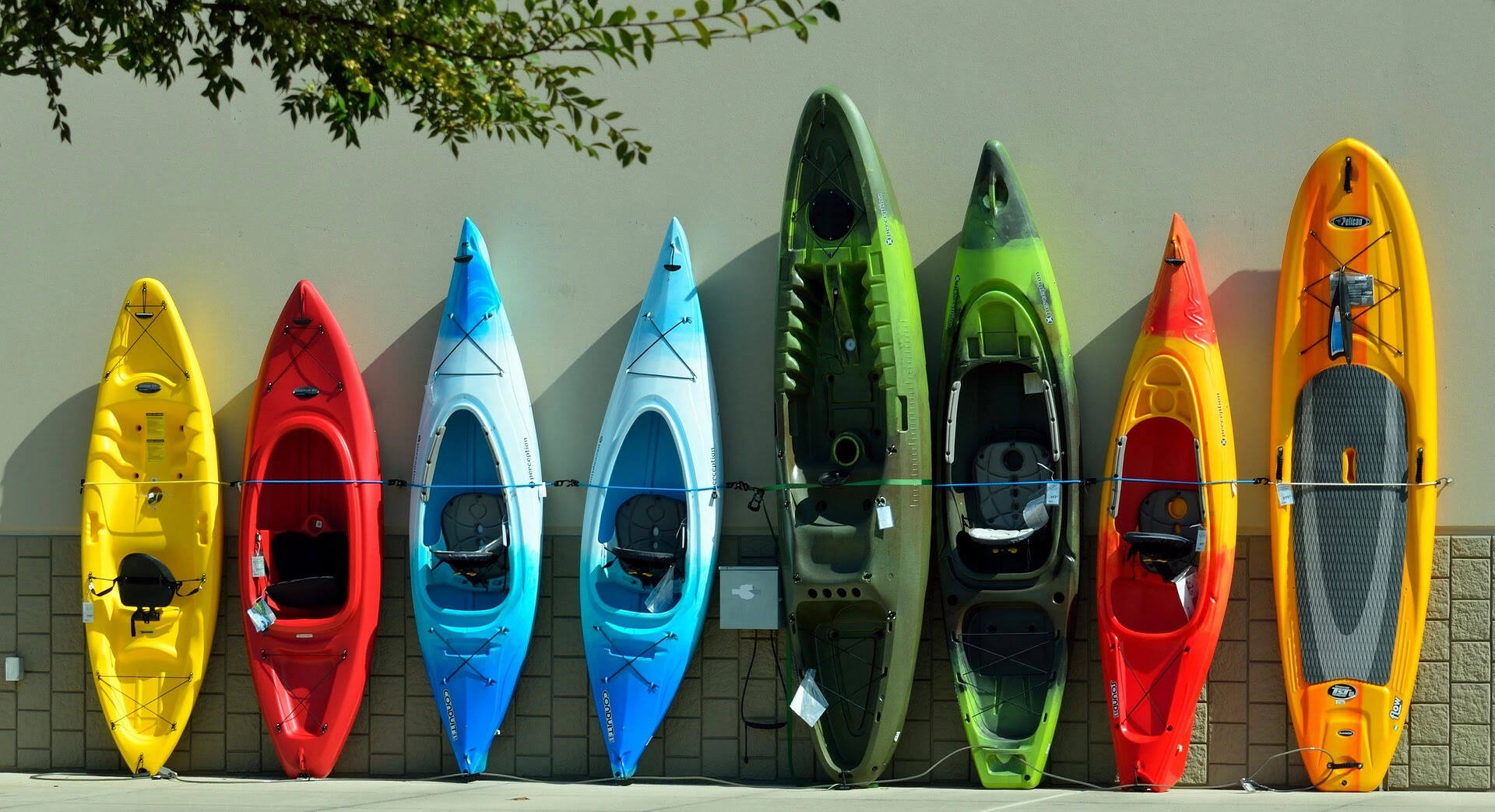
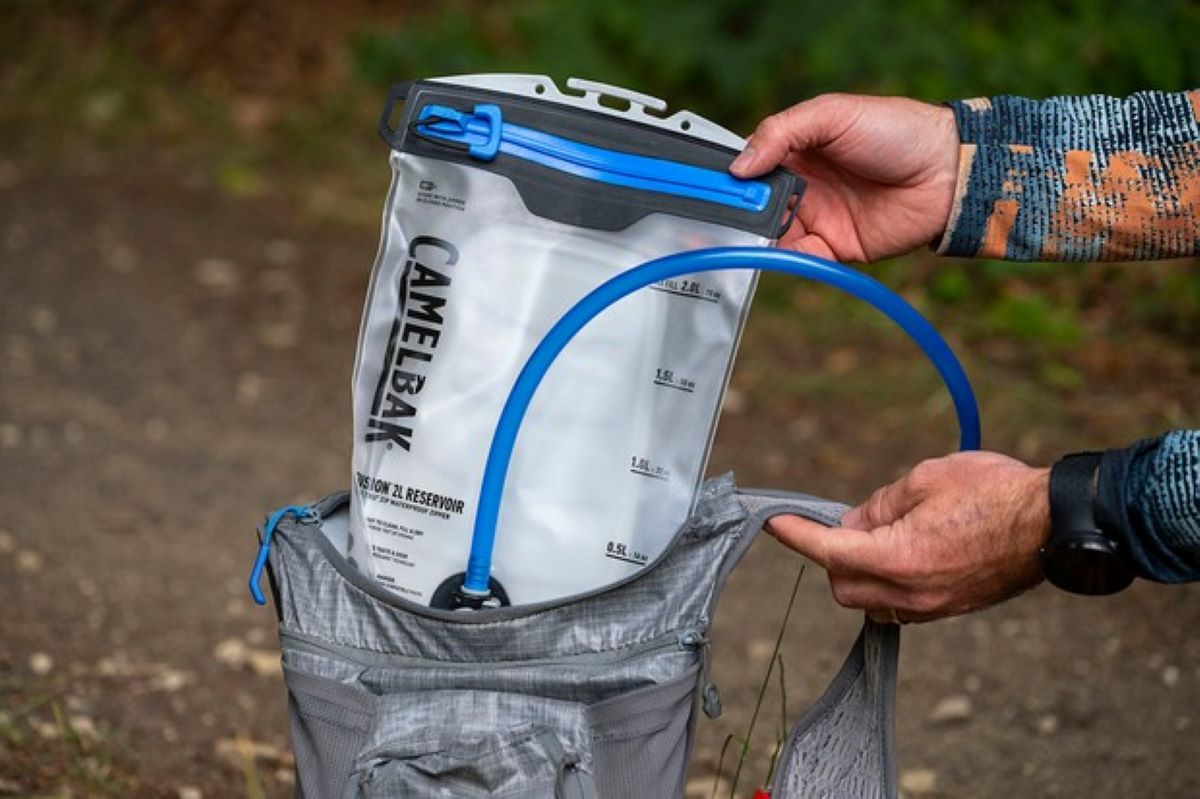
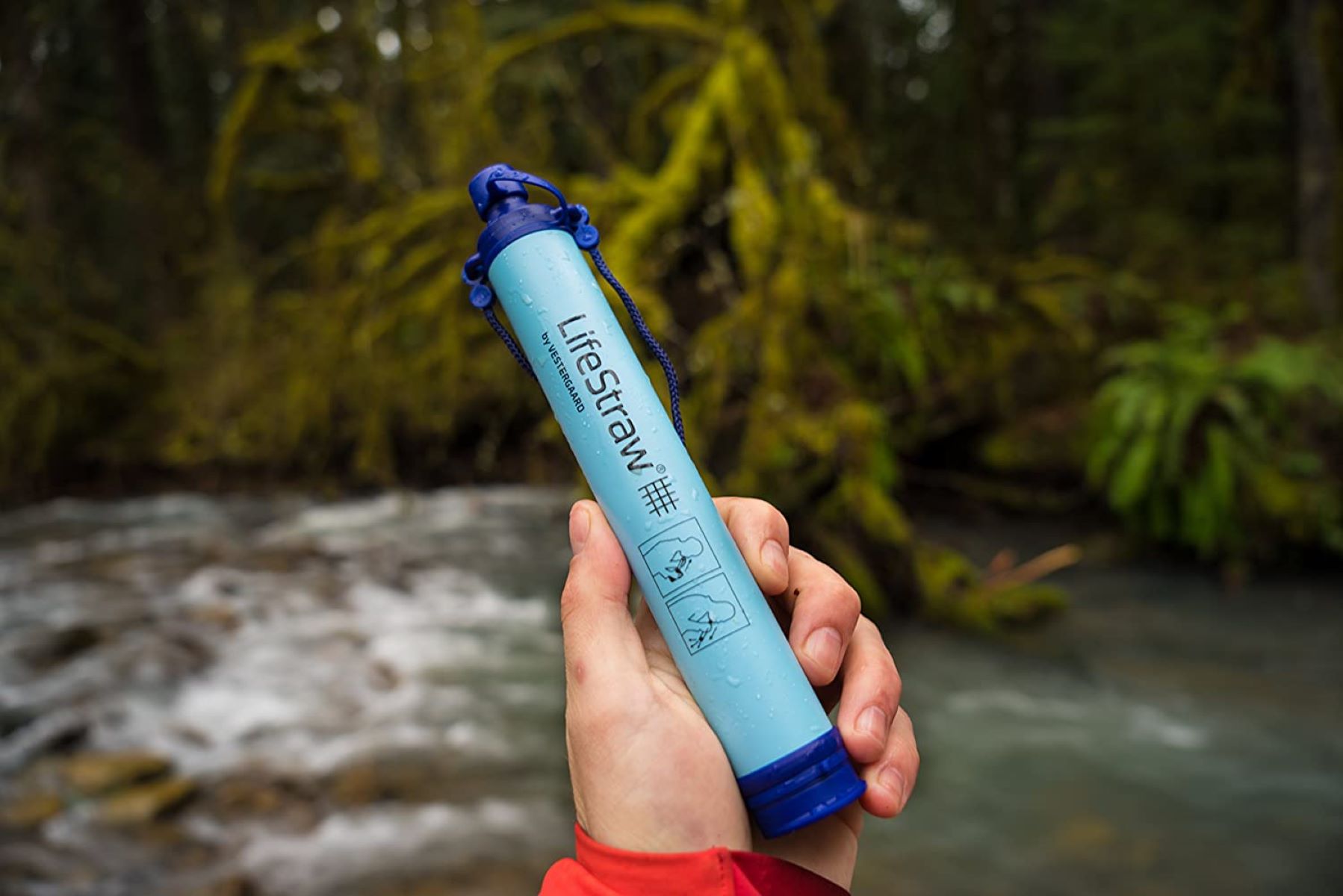

0 thoughts on “How To Store Food For Camping”